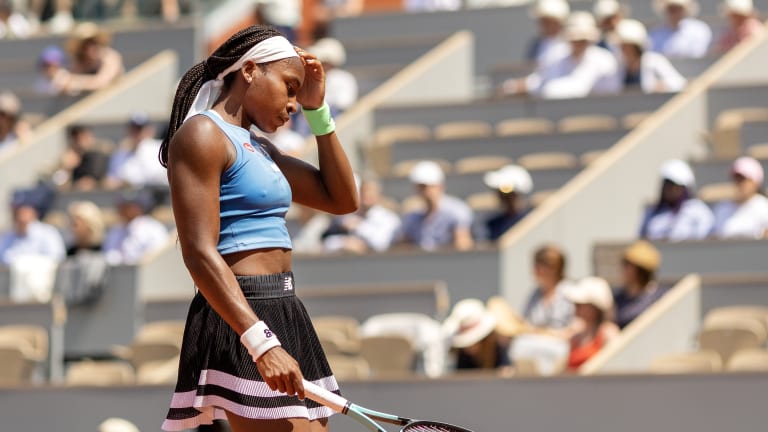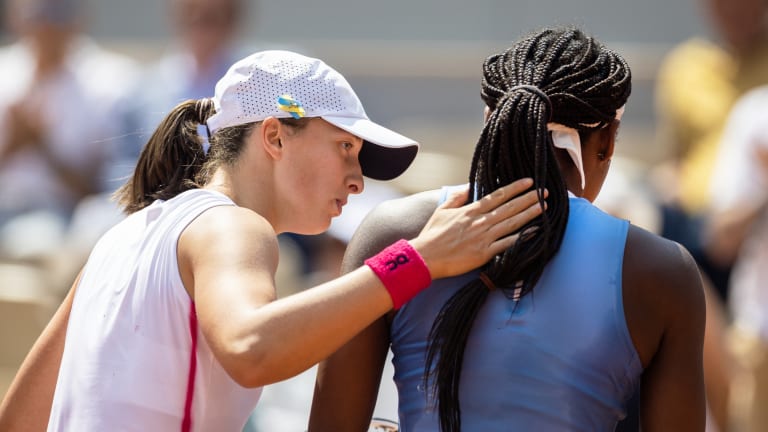Roland Garros
Pressured by Coco Gauff's new game plan, Iga Swiatek rises to the challenge
By Jun 07, 2023Roland Garros
French Open organizers introduce draw to access ticket sales
By Jan 07, 2025Roland Garros
Coaches Corner: Juan Carlos Ferrero proves essential to Carlos Alcaraz's Roland Garros success
By Jun 14, 2024Roland Garros
What’s next for Novak and Nadal? Four ATP storylines after the Paris fortnight
By Jun 10, 2024Roland Garros
Naomi’s resurgence, Iga on grass: Four WTA storylines after the Paris fortnight
By Jun 10, 2024Roland Garros
Carlos Alcaraz becomes the clay-court champion that he—and we—always knew was possible
By Jun 09, 2024Roland Garros
Coco Gauff wins first Grand Slam doubles title with Katerina Siniakova in dream team debut
By Jun 09, 2024Roland Garros
Coco Gauff is a Grand Slam champion in singles and doubles, exceeding her own expectations
By Jun 09, 2024Roland Garros
From Rafa to Iga: as one owner of Roland Garros departs, a new one has moved in
By Jun 08, 2024Roland Garros
Roland Garros men's final preview: Carlos Alcaraz vs. Alexander Zverev
By Jun 08, 2024Roland Garros
Pressured by Coco Gauff's new game plan, Iga Swiatek rises to the challenge
For the second straight year in Paris, the No. 1 got the better of the American in straight sets.
Published Jun 07, 2023
Advertising
Advertising
Advertising

With the loss, Gauff dropped to 0-7 against Swiatek, and 0-14 in sets.
© Corbis via Getty Images
Advertising

Swiatek responded to pressure from Gauff with aplomb in the first set, and never let up from there.
© Corbis via Getty Images